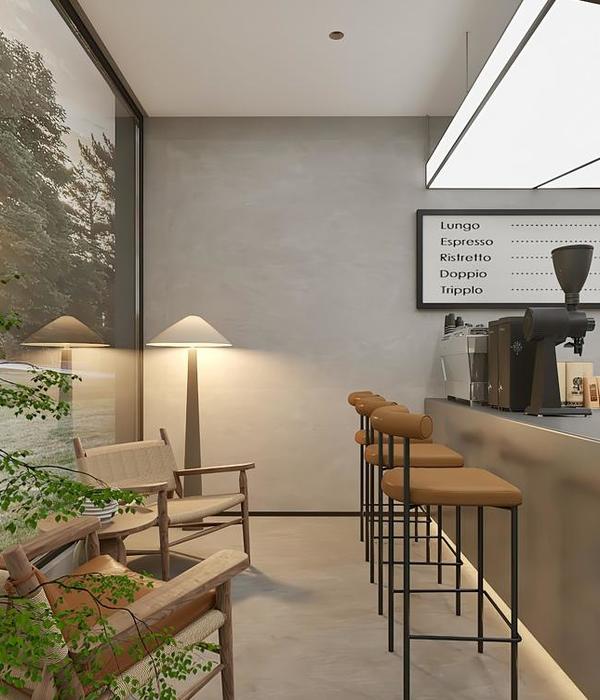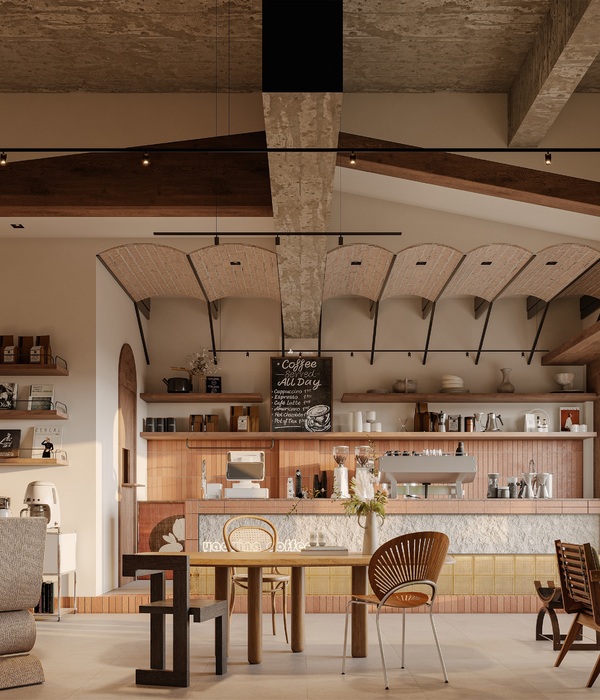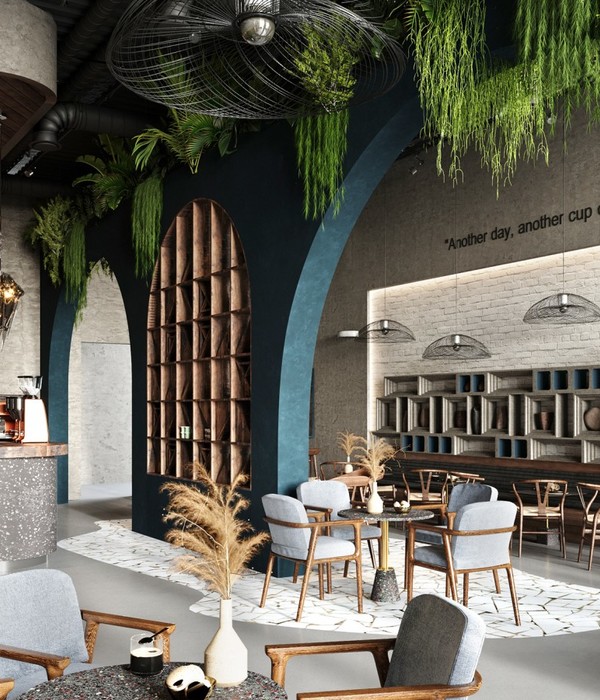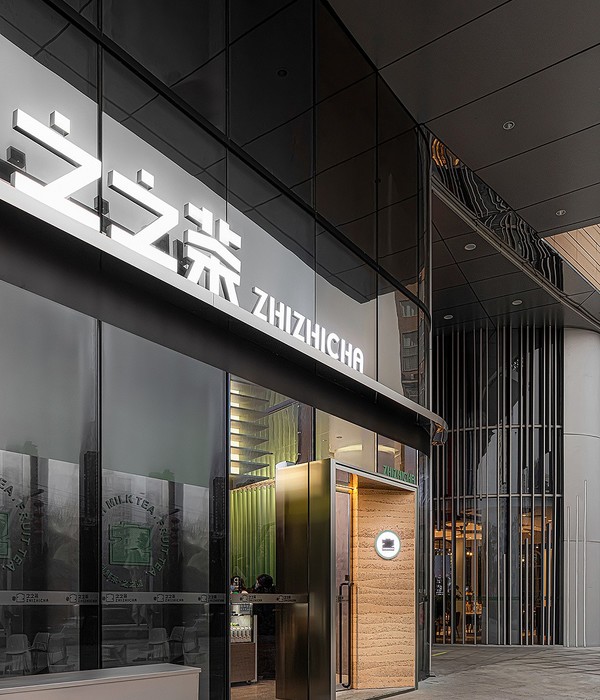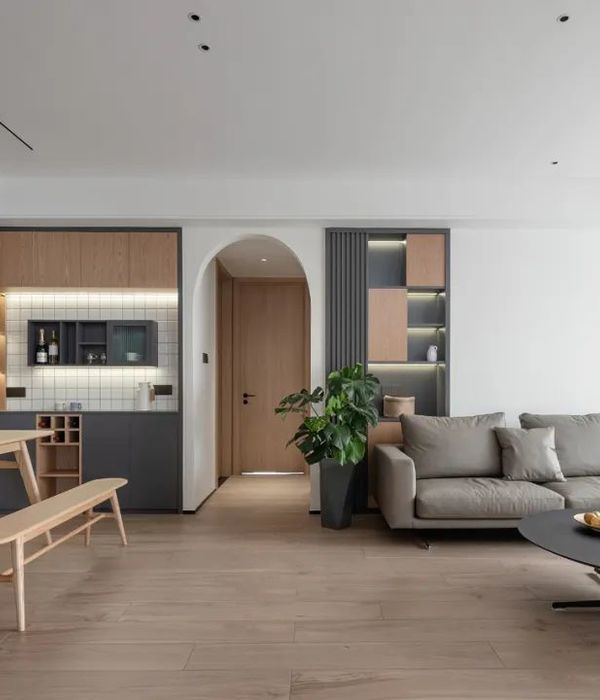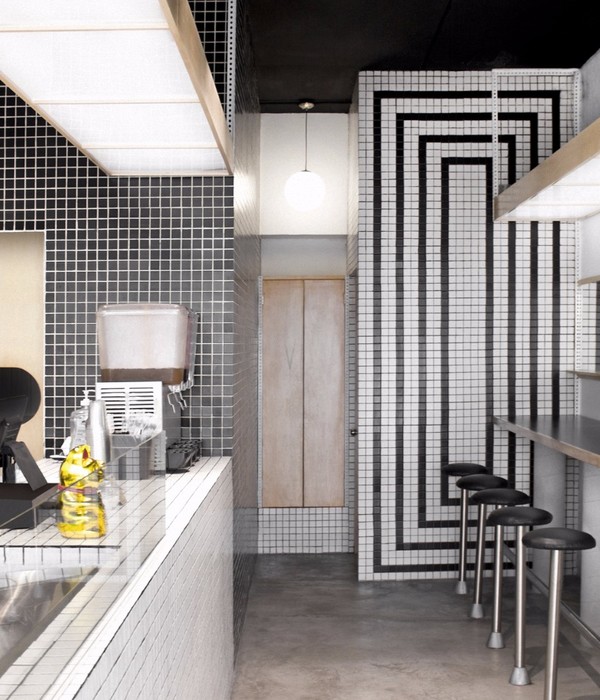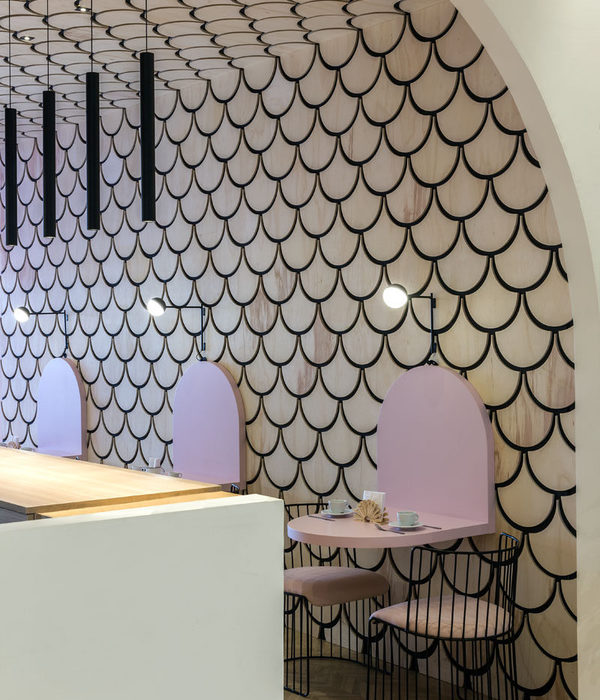Matheus Farah e Manoel Maia Arquitetura (MFMM Arquitetura) is responsible for the first and tallest wooden building in Brazil, located at Avenida Faria Lima, São Paulo. Designed to host the concept store of premium chocolate brand Dengo, the building has 4 floors and was entirely structured in wood – an unprecedented feat for the Brazilian architecture and construction industry.
The project used engineered wood CLT (Cross Laminated Timber) slabs by Amata and Glulam beams and pillars by Rewood. Both companies are references in the engineered wood industry. “The project bets on technology to review current construction parameters, showing how it is possible to innovate, reduce environmental damage and promote a sustainable development for our cities, without letting behind aesthetics and comfort”, says Maia.
Dengo's concept store occupies an 800 m² plot with 1,500 m² of building area. The volumetry is composed of hollow wooden cubes that both verticalize the building and convey the idea of permeability and movement; this is possible through some strategic subtractions at different spots on the facade. The exposed wood structure and vegetation contribute to a feeling of comfort and liveliness, while also rescue Dengo's core values: producing in harmony with the environment. Transparencies and openings, as well as earthy tones, natural lighting and ventilation and wooden surfaces accentuate these characteristics.
The architecture sought to recreate a chocolate factory in an attractive and didactic way so it could highlight Dengo's differential: controlling every stage of the production process (also known as the “bean to bar” process). This includes since the production of cocoa beans (chocolate in its purest form) in sustainable farms from southern Bahia, until the making of the chocolate bar. To ensure this care, the project envisaged the installation of original restored machinery from the 1940s on the ground floor to show the chocolate refining in loco. The mill is supplied by beans that arrive through transparent ducts and pass through a central atrium, to create an enchantment and enrich the public's imagination.
On the first floor, at Meu Dengo station, customers can watch while personalized items are especially and instantly made for them. First and second floors offer tables and benches to accommodate visitors. The floors also have transparencies and side openings, which contribute to a connection between levels and establish a visual relation from inside to outside. It is also possible to go to the rooftop and enjoy it as a viewpoint of the city.
The flooring brings red ceramic "caquinhos" (broken shards), typical of São Paulo residences from the 1940s and 1950s. Besides paying homage to the city tradition and evoking an affective memory, it also refers to the famous “quebra-quebra” brand product: chocolate boards inside glass niches that are broken into as many pieces as the customer orders. “We seek to create a space where the rustic, irreverent, authentic and handmade are highlighted, based on a contemporary reinterpretation of the use of natural elements and the very concept of Brazilianness”, claims Farah.
▼项目更多图片
{{item.text_origin}}


